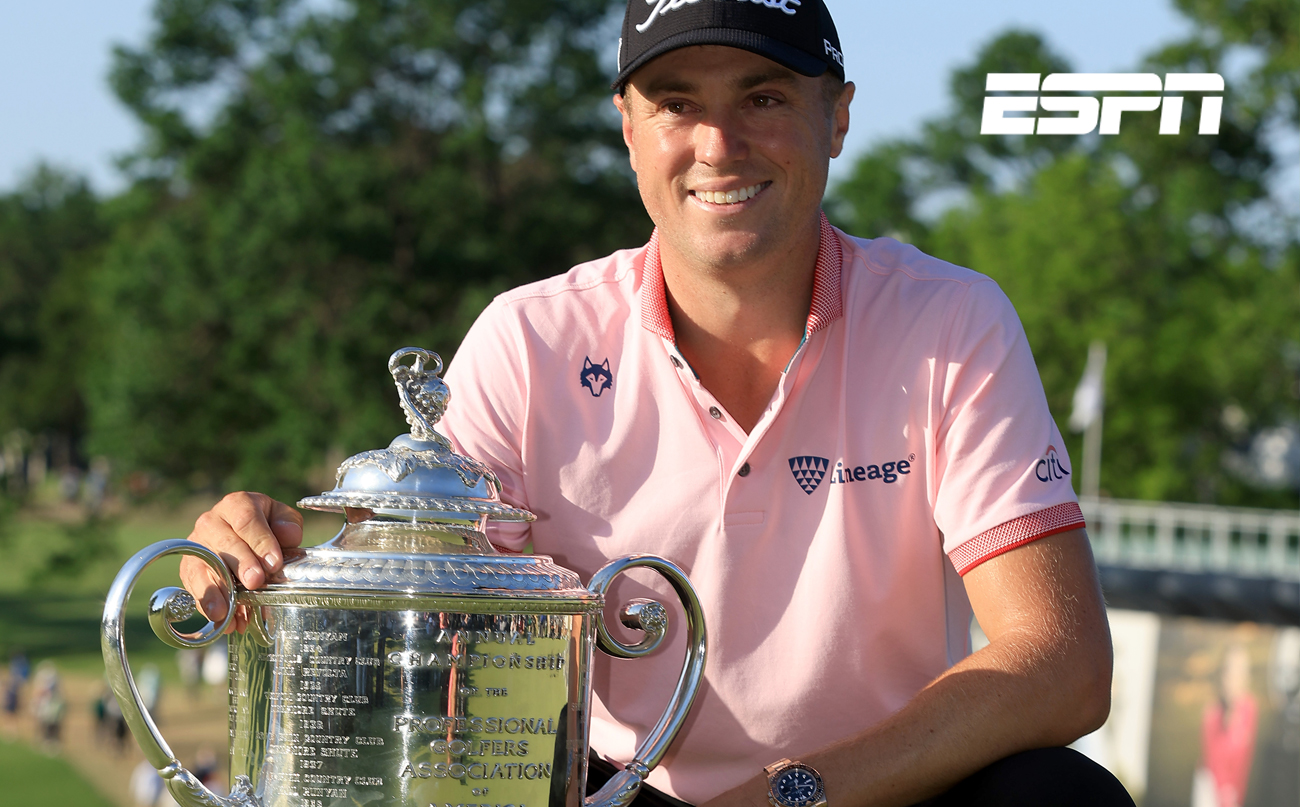Different Strokes
BY: NIKE VOGEL
Amid changing tastes, innovation is one way out of the rough for golf in Florida.
Seeing green
For some, that realization was an opening.
Beginning in England and then dramatically expanding in the United States, Topgolf Entertainment created standalone, high-tech entertainment driving ranges, places where the point was socializing — no golf skills required.
In 2012, Texas-based Topgolf opened its first 102-bay entertainment venue in a west Houston suburb. A year later, as it happens, Bartoli left New York City for a golf hotbed, Jupiter in north Palm Beach County. There, he developed Lighthouse Cove Adventure Golf, a traditional mini-golf attraction with mobile app delivery of drinks, plus an ice cream parlor and playground. “It was immensely successful right out of the gate in Jupiter,” he says. As he opened two more, a vision of what became PopStroke emerged — real putting, more tech, high-quality food and beverage.
Topgolf innovated the driving range experience; PopStroke innovated the putting green. Bartoli says PopStroke takes the traditional golf course putting experience and puts it in “a three- or four-acre environment.” Critically, a wider audience can “feel like they’re getting the genuine golf experience in an hour and a half, nights, morning or day” rather than four or five hours on an 18-hole traditional course. “I definitely think overall it’s good for the game of golf,” Bartoli says. He opened the first PopStroke in Port St. Lucie in 2019. The next year, Woods became a 50-50 equity partner, bringing not only his name but his TGR Design golf course team and aesthetic to the partnership.
Meanwhile, the pandemic-driven desire for physical distancing benefited the larger game of golf. Rounds increased nationally.
There’s plenty of evidence for the sport’s enduring vitality in Florida, which still has more courses — at least 1,250 — than any other state and all but five countries. The Florida Sports Foundation says in fiscal year 2019-20, 17 million Floridians and non-Floridians either played the sport in Florida or attended a professional event here, spending $21.3 billion. In August, the PGA Tour, a separate body from the PGA of America, opened a new headquarters for its 700 employees in Ponte Vedra Beach to critical architectural acclaim.
Over the years, Gleason’s Inverrary Classic became the Honda Classic, and it will be held in Palm Beach later this month; the 2022 tournament with its $8 million purse produced a record $6.45 million for more than 100 South Florida philanthropic organizations. March brings a slate of big events: The $20-million purse Arnold Palmer Invitational in Orlando, the Players Championship with its $25-million purse at TPC Sawgrass in Ponte Vedra Beach and the Valspar Championship with its $8.1-million purse at the Innisbrook Resort in Palm Harbor. Efforts are underway to expand participation in the game; veteran golf industry executive Elisa Gaudet of West Palm Beach founded Women’s Golf Day, a global day for introducing women to the sport, in 2016 with 15 to 20 clubs. Last year, 70 locations across Florida participated along with 1,750 women (the event also has spread to 1,000 locations in 80 countries).
And new golf course development and communities are underway in some regions.
Kolter Homes, which has been building homes in Florida since the late 1990s, this year will open its first course and golf-oriented community developed wholly on its own, Astor Creek Country Club, a planned 900- home development on an 18-hole course in Port St. Lucie on Florida’s Treasure Coast. “This is the first time in our entire history,” says John Manrique, senior vice president of marketing. “With the right environment and right ingredients, there’s certainly great potential for success.” Manrique says Kolter’s development was driven by the demand for golf it saw while building PGA Village Verrano, a home development not on a course but next door to PGA Golf Club, a 54-hole facility in Port St. Lucie.
“I think golf remains a desirable amenity as long as the monthly fees remain relatively reasonable,” says Lesley Deutch, managing principal at consulting firm John Burns Real Estate Consulting. “But I do see it mostly appealing to older generations — despite the rise in golf for younger people. They are not as willing to pay maintenance fees, etc., to live on the course.”
The luxury niche is especially active. Martin County last year approved Atlantic Fields, a Discovery Land high-end, low-density development with 317 homes and an 18-hole course on 1,530 acres. Wall Street financiers and celebrities such as Tom Brady lobbied for it. Palm Beach County this year will see the completion of the Jack Nicklaus- and Justin Thomas-designed Panther National course, said to be the first new golf development in the country in nearly two decades.
Developer IMI Worldwide Properties said it already had $250 million in contracts and reservations for the project’s 218 estate homes. The course and lounge are scheduled for completion late this year with the first homes delivered in 2024.
Justin Thomas on his major woes, his upcoming wedding plans and his new course design
We’re joined by Justin Thomas on this week’s episode of Be Right. Our great chat with JT include
Justin Thomas wins PGA Championship
Justin Thomas outlasts Will Zalatoris in 3-hole playoff to win second PGA Championship TULSA, Okla.
Extraordinary Properties
For golf enthusiasts, living the links lifestyle rivals getting a hole-in-one






